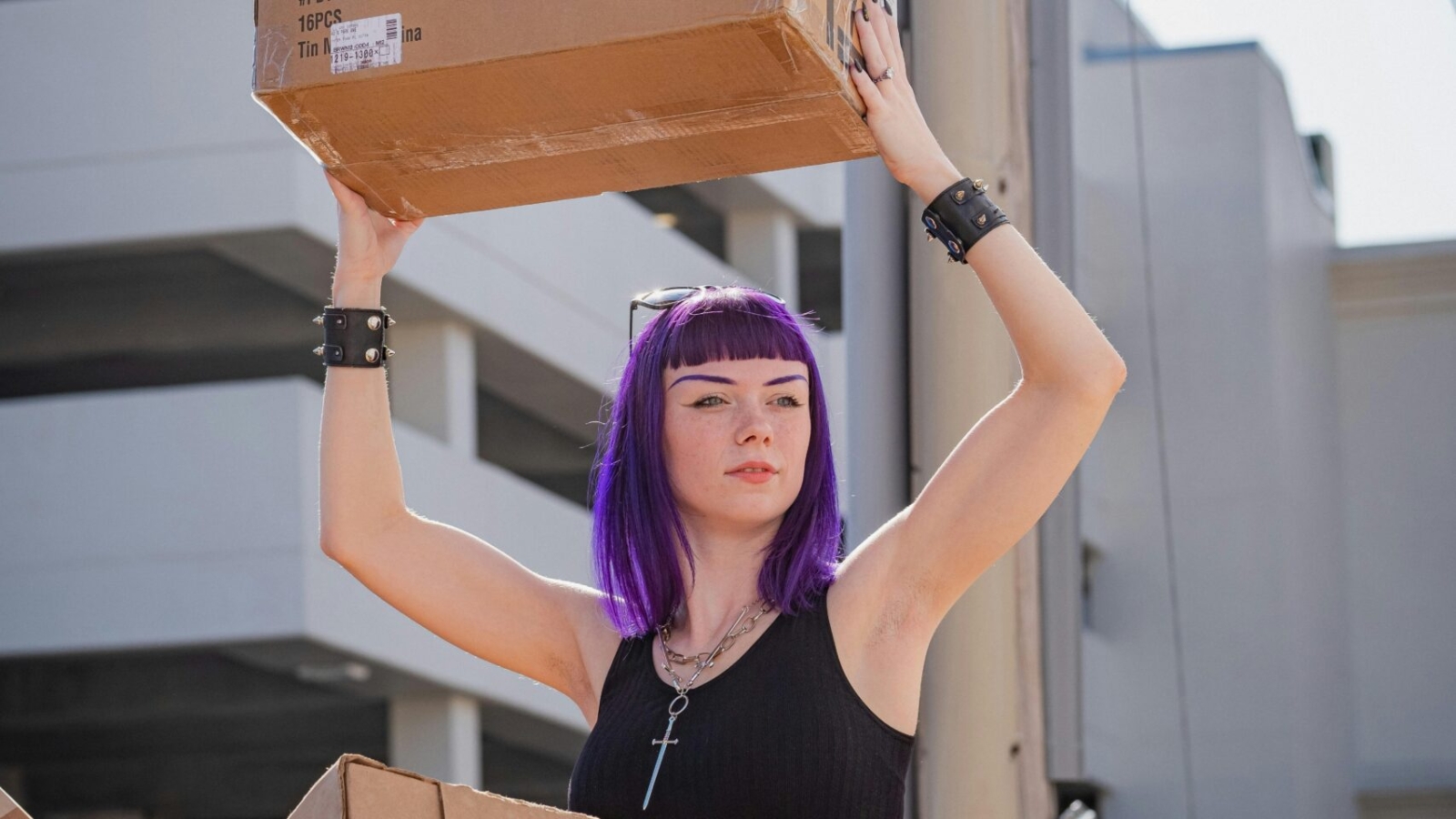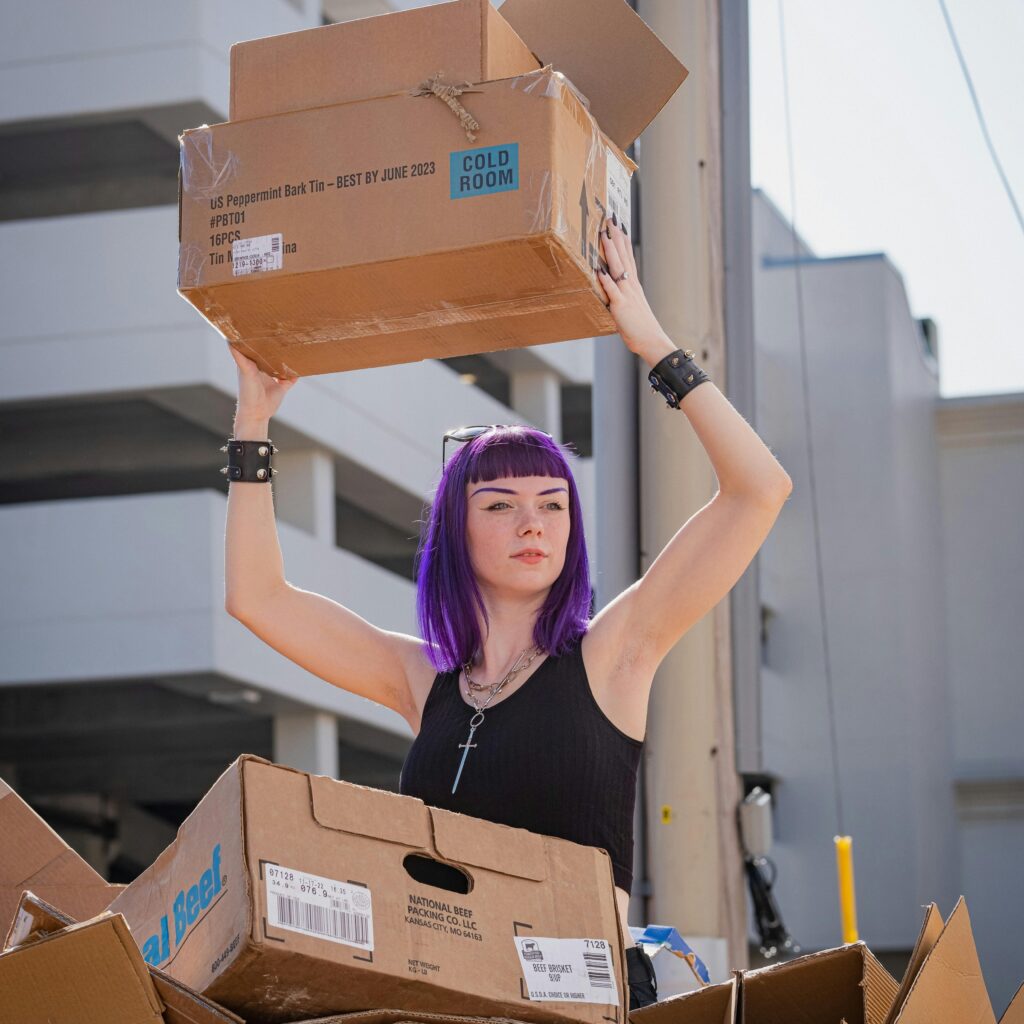
The Quiet War Between Your Corrugated Boxes and Hidden Humidity
Imagine you run a small business shipping handmade pottery from Jaipur. You carefully wrap each piece, nestle it in a sturdy corrugated box, and send it off. Weeks later, an angry customer sends photos: their vase arrived shattered. The box looks intact, but somehow failed. The invisible culprit? Humidity. Most of us see cardboard boxes as simple, strong workhorses. Few realize how profoundly the moisture in the air secretly reshapes their strength. Let’s uncover this hidden battle happening in your warehouse, delivery truck, or storage room.
Inside every corrugated box live millions of paper fibers. Picture them as microscopic straws bundled tightly together. When the air is dry, these straws stay crisp and interlocked, forming a powerful lattice that shoulders impressive weight. But introduce humidity, and everything shifts. Those thirsty fibers start drinking moisture from the air like parched travelers finding water. As humidity climbs past 30%, a common level in non climate controlled spaces, fibers swell gently. They haven’t drunk deeply yet, but they’ve relaxed their grip. Now picture a typical warehouse at 50% humidity, like Chennai in September or Miami year round. Here, your boxes lose roughly 20% of their stacking strength, their ability to bear weight when piled high. That tower of boxes holding electronics? It’s now subtly weaker, like an athlete struggling in thick, heavy air.
When humidity approaches tropical levels, 80% or higher, the real transformation begins. Fibers drink deeply, swelling like sponges. They soften, stretch, and lose their backbone. Lab tests show boxes can surrender over 30% of their original crushing resistance under these conditions. Walls that stood firm now bow inward under pressure. Flutes, those wavy inner layers giving boxes their cushioning magic, sag like tired springs. I’ve seen tea exporters in Assam mourn shipments where boxes crumpled during monsoon humidity despite perfect packing. Why? Humidity silently weakened the packaging before the journey started. The golden rule is simple: corrugated boxes perform best when the moisture inside their fibers stays between 7% and 8%. Go beyond that, and their structure quietly gives up.
Not all boxes suffer equally. A box’s “Cobb value” determines its fate. This industry term measures how eagerly paper drinks water. Low Cobb value paper resists moisture like a lotus leaf shedding rain. High Cobb paper? It gulps humidity like a marathon runner chugging water. Smart manufacturers fight back with invisible shields: wax coatings that make moisture bead up, polymer barriers thinner than a hair, or special glues that hold layers tight despite dampness. Think of it as giving your box a microscopic raincoat.
Humidity never travels alone. It brings partners that worsen the damage. Blazing heat bakes moisture out of fibers too fast. Imagine Rajasthan’s summer sun beating down on boxes in an open truck. Fibers dry out completely, becoming brittle as old parchment. That’s when boxes crack like stale biscuits during handling. Sunlight also bleaches vibrant prints, fading proud brand logos into ghostly whispers after days of exposure. On the flip side, cold dampness traps moisture against boxes. Picture Himalayan foothills in winter. Days pass, fibers stay clammy, and layers begin separating like pages in a waterlogged book. This process is called delamination. Once it starts, the box loses its core strength.
Then comes water itself, humidity’s aggressive sibling. Rain, snow, spills, or even condensation from cold products sweating: these are devastating blows. Unprotected cardboard drinks liquid eagerly, swelling into distorted shapes within minutes. I recall a Delhi spice exporter’s despair when monsoon rains soaked his shipment. Boxes bloated like overfed fish before disintegrating, ruining precious turmeric and cardamom with soggy stains. Unless treated with water repellent barriers, cardboard meeting water is like sugar dissolving in hot tea; it breaks apart the very bonds holding your shipment together.
Science confirms humidity’s stealthy attack. Controlled tests prove boxes stored at 30% humidity withstand twice the crushing force of those kept at 90%. This isn’t just lab data. For businesses in Kerala’s backwaters or Bangkok’s canals, it’s the line between profit and loss. One electronics maker in Coimbatore saw damage claims drop 37% simply by switching to low Cobb boxes during monsoon season.
Knowledge is your defense. You can shield your boxes. Start with storage wisdom from seasoned warehouse managers. Keep boxes in climate controlled spaces if possible, aiming for around 50% humidity. Always elevate them off cold concrete floors using pallets. Moisture creeps upward through concrete like a silent thief, and pallet legs act like a protective moat. Store empty boxes lying flat. Standing them upright makes corners slump like tired shoulders over time.
Manufacturers now create humidity warriors. Multi ply boxes, built with extra corrugated layers inside, form internal fortresses. Water repellent liners, often made from recycled materials, shield contents like loyal guards. New glue formulas bond layers tighter, resisting muggy air’s attempts to weaken them. For coastal businesses or monsoon zone deliveries, these features aren’t optional luxuries. They are essential survival gear.
Small design choices make a big difference. Ensure boxes fit products snugly, like a tailored suit, preventing shifting during transit. Add simple cardboard corner protectors, acting like tiny helmets for vulnerable edges. Seal all seams thoroughly with quality, moisture resistant tape. I’ve watched Jaipur jewelers slash damage claims by 60% just by adding silica gel sachets inside their humidity resistant boxes.
Understanding humidity transforms cardboard from passive packaging into an active guardian. Consider that Kenyan flower farm shipping roses to Amsterdam. They use specially designed, vented boxes with humidity shielding, keeping petals perfectly fresh across continents. The difference between success and failure often lies in recognizing how invisible moisture reshapes physical strength.
So next time you seal a corrugated box, pause for a moment. Feel the cardboard’s dry firmness in your hands. Then picture its journey through humid docks, hot tarmacs, maybe a rainy final delivery. By choosing wisely, opting for moisture resistant materials, storing thoughtfully, keeping boxes off cold floors and away from damp walls, and sealing carefully, you become humidity’s worthy opponent. Your boxes will stand taller, protect fiercely, and deliver your goods with pride. Because in this quiet, invisible war against moisture, awareness is your strongest weapon.





